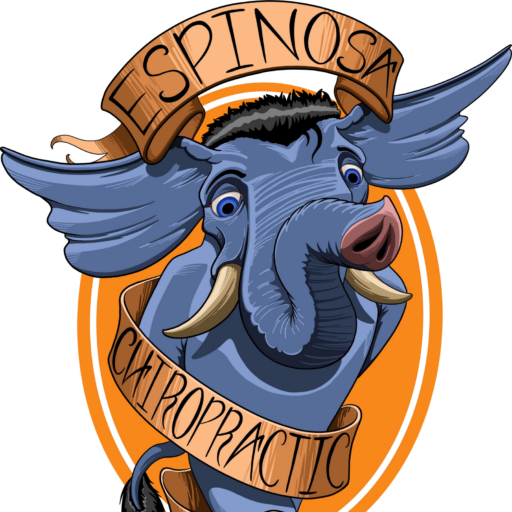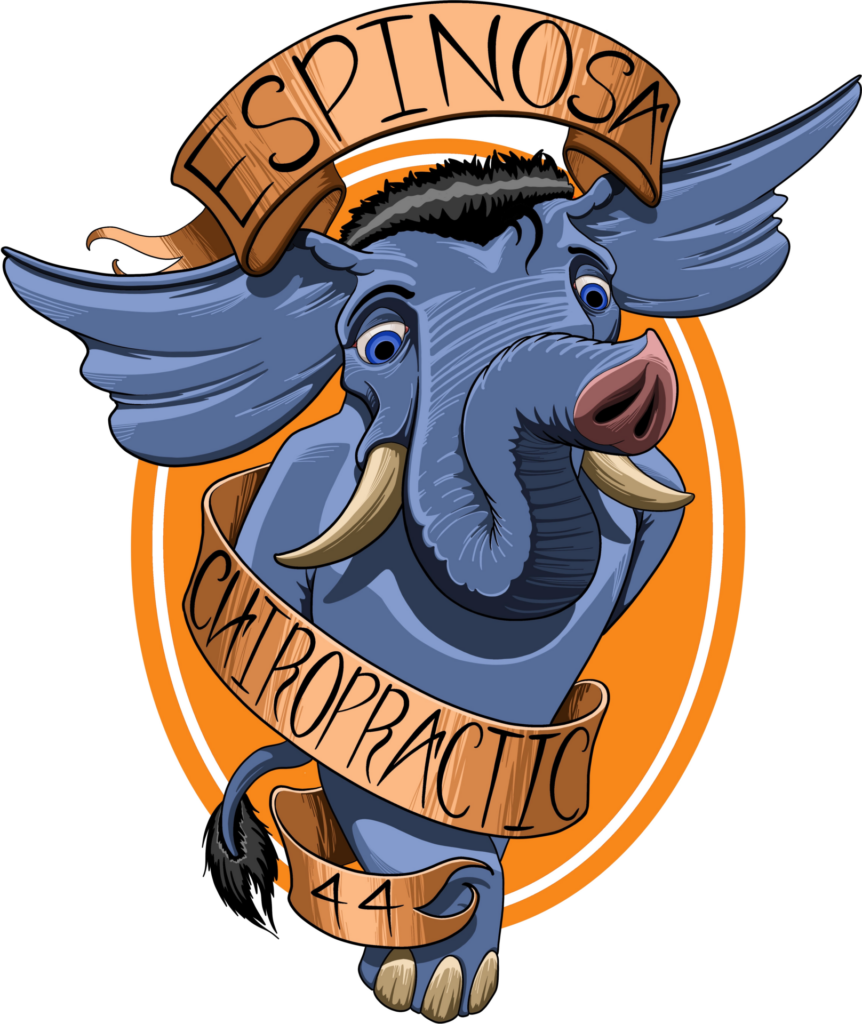Archive for July 2017
Your Spine in Detail: Spinal Motion Segments

What are spinal motion segments?
Also known as functional spinal units, spinal motion segments are the workhorses of your spine. They comprise not the smallest individual components of the spine, but the smallest combination of components that contributes to overall function. A spinal motion segment is made up of:
- Two adjacent vertebrae
- Intervertebral disc
- Two facet joints which connect the vertebrae
- Supportive ligaments and other soft tissues
The first three are known as the articulation triad, a group whose combined function allows for flexibility and movement of the spine, while also stabilizing it and preventing damage from excessive movement. For example, the facet joints, encapsulated in a layer of hyaline cartilage, allow for reasonable movement of the spine while also protecting it from hypermobility, or the over-flexibility between moving parts of the spine. The discs provide for shock absorption and combat the daily compression that results from poor posture, mini-vibrations of walking and the downward pressure of gravity. And all of this is happening without you even noticing.
Protecting your spinal motion segment with chiropractic
Chiropractic is about optimizing the spine at every level of function. Injuries that we treat which specifically deal with spinal motion segments include:
- Herniated disc
- Degenerative disc disease
- Pinched nerves
- Facet Joint Syndrome
Treating one component of the spinal motion segment necessarily means improving the function of the others. Whether you are suffering from damage to your discs, facet joints or the soft tissues that support them, chiropractic has a variety of modalities to help you improve function and effect faster, more effective healing. Those modalities include:
- Chiropractic adjustment to restore spinal alignment and improve range of motion
- Decompression to reduce intradiscal pressure, and increase space between the vertebrae to allow for rehydration and healing.
- Hands-on modalities including trigger point therapy and massage that decrease swelling and inflammation.
If you are interested in finding out how the function of your spinal motion segments could be contributing to your back pain, give our office a call to schedule an appointment today.
Choosing your Lifestyle

Chiropractic is a lifestyle as much as it is a treatment
It is a lifestyle that choosing wellness over suffering and offers you a way of controlling your health, of strengthening your body against the incursions of life rather than letting the external factors of life make the decisions. This is reflected in the fact that regular patients of chiropractic spend less on pharmaceutical drugs and surgery and spend less of their lives in the hospital. It rests around the idea that your body is the most powerful force in keeping itself healthy- sometimes it just needs a helping hand. Supporting a lifestyle that puts your body in control of its own healing is the basis of everything we do at Espinosa Family Chiropractic.
The chiropractic lifestyle helps you get to know your body better
Education and awareness are two of the most important factors when it comes to keeping health in your hands. The more you understand your body and the forces that injure and degrade it, the more you can prevent those forces from taking too great a toll on your health. As chiropractors, we focus on the spine as our gateway to overall health: because it is the conduit of the central nervous system, any dysfunction here will have interminable effects on the rest of the body. That is why we see spinal adjustment as equally important to diet, rest, and exercise. If you are interested in finding out more about how chiropractic can empower and inspire you, give our office a call to schedule an appointment today.
Why does Spinal Decompression Feel so Good?

Decompression makes sense
Whether you realize it or not, your spine is constantly being compressed- by gravity no less! And during the course of human life, we add in a whole load of other compressive forces that conspire to throw our spines out of balance and degrade the natural structures we were born with. Compression is a signal contributor to degenerative disc disease, herniated discs and nerve conditions such as pinched nerves and sciatica. For people suffering the pain and discomfort of these conditions, it makes sense to try and reverse the harmful forces and the best way we know how to do that is through decompression.
Get Smart about Stress

Stress and the nervous system
The brain is engaged in a constant control and feedback loop with the body, even when you perceive yourself to be completely idle, even when you are sleeping. It does this by communicating through the nervous system, which can be divided into sub categories including the central, (brain and spinal cord), and the peripheral (autonomic and somatic). Stress enters into this system most clearly through a subdivision of the autonomic nervous system known as the sympathetic nervous system.
Massage Versus Muscle Tension

Massage fights muscle tension
As an office of chiropractic, we recognize that muscle tension is taking a heavy toll on the average American. Our lifestyles breed muscle tension- the way we sit, the way we work, even the way we relax seems to set us up for chronically tight muscles. Chiropractors also acknowledge that muscle tension is one of the main causes of subluxation; because a tight muscle actively pulls the body out of alignment, subluxation of spinal joints is a natural outcome. So how do we stop muscle tension in its tracks? With massage, of course.
